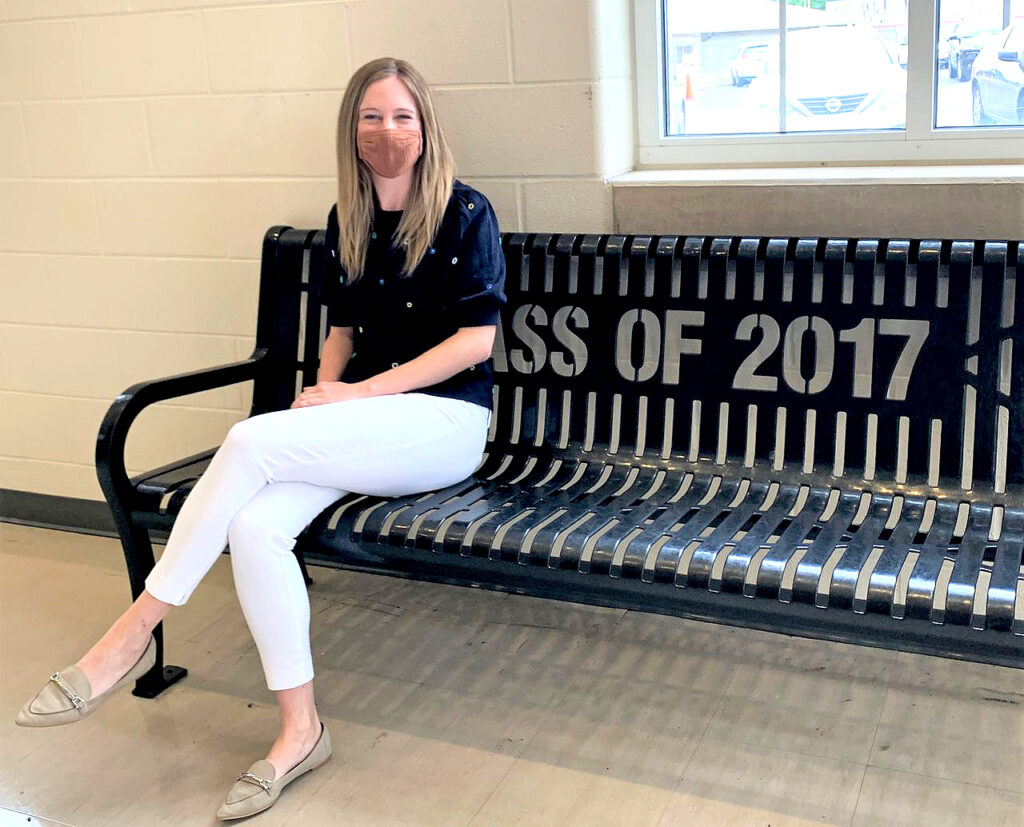
On a given day, Emily Herring is always on the move.
She typically moves between her main office to a long table off Fairfield Preparatory High School’s lobby, to the front desk, to classrooms throughout Fairfield’s three schools.
Much of her job is meeting with students in various stages of crisis: They may have had an outburst in class, or be returning from a stint in juvenile detention, or be moving from one family member’s house to another, or be working through a breakup.
“It’s different all day, every day,” said Herring, the mental health service coordinator for Fairfield City Schools.
In 2020, the Alabama legislature created and provided one year of funding for a new type of staff member for Alabama schools: mental health service coordinators. The role is an attempt to address huge gaps in the diagnosis and care of children with mental health conditions. By placing trained professionals within 101 school districts, and connecting them with the school counselors and therapists and social workers already working with those children, the legislature hoped to streamline care and provide parents and children with a trusted, free point of access.
The legislature slightly bumped up funding for the program within the education budget for the upcoming year, to $4.5 million. That’s expected to fund 112 positions at $40,000 annually, which is at least $10,000 short of the average salary for the field. To supplement, some school districts used local funds to supplement coordinators’ salaries.
“We just hope we can demonstrate what a difference they’ve made,” said Kay Warfield, director of prevention and student support for the Alabama Department of Education, which oversees the program.
Herring was hired in October. As she got oriented in Fairfield — a high-poverty, majority-Black district with 1,648 students — she said she immediately knew she’d need help, and fired off an email to two coordinators in similar districts in Birmingham’s metro.
“It’s not a competition. We have to collaborate.”

